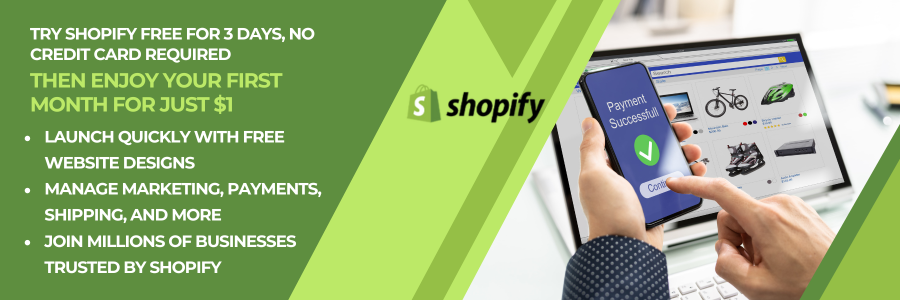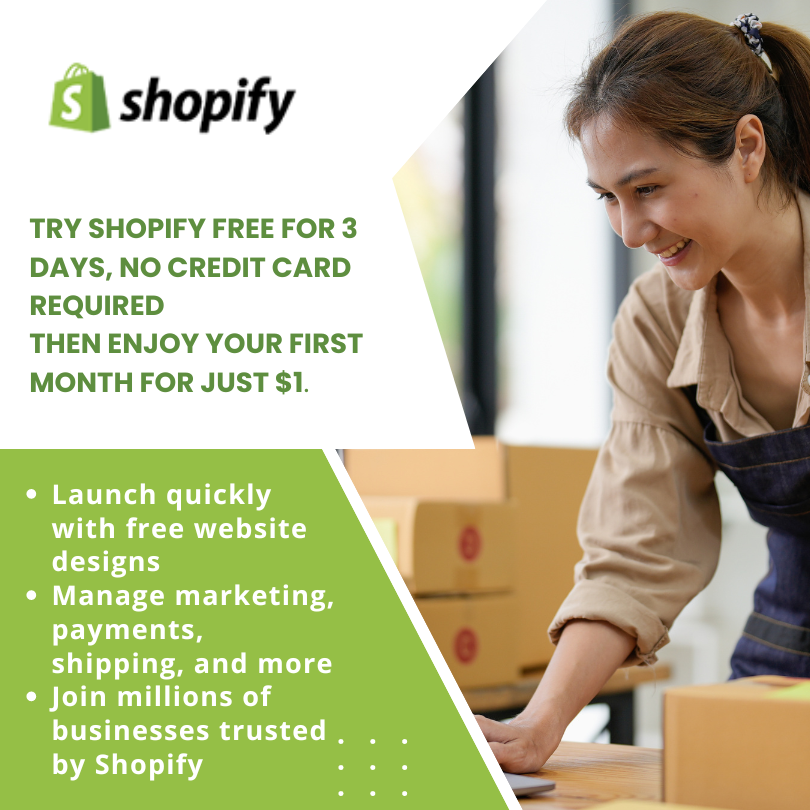As an e-commerce entrepreneur, I’m always on the lookout for inspiring Shopify stores that can teach valuable lessons. The platform’s versatility allows for incredible creativity and innovation in online retail. By studying successful Shopify sites, we can uncover strategies to boost our own sales and create memorable customer experiences.

I’ve explored dozens of top-performing Shopify stores across various industries. From striking visual designs to seamless user experiences, these sites offer a wealth of ideas to implement in our own shops. Many incorporate storytelling and creative features that set them apart from the competition.
In this post, I’ll share some of the most impressive Shopify examples I’ve encountered. We’ll examine what makes these stores effective at driving conversions and building customer loyalty. I’ll break down specific elements you can adapt for your own Shopify site to potentially increase traffic and sales.
Dissecting High-Performing Shopify Stores
I’ve analyzed top-performing Shopify stores and identified key elements that drive their success. These stores excel in visual design, user experience, and mobile optimization – critical factors for boosting sales and customer engagement.
Strategies for Captivating Visual Design
Visual appeal is crucial for attracting and retaining customers. I’ve noticed that successful Shopify stores use high-quality product images and videos to showcase their offerings. Many incorporate eye-catching scrolling banners and strategically placed pop-ups to highlight promotions or new arrivals.
Color schemes play a vital role too. Brands like Vanquish Fitness use bold, contrasting colors to create visual interest and reinforce their brand identity. I’ve observed that clean, uncluttered layouts allow products to take center stage.
Effective product presentation is key. Stores often use multi-dimensional images or 360-degree views to give customers a comprehensive look at items. This approach helps build trust and reduces uncertainty in the purchasing process.
Optimization of User Experience (UX)
A seamless user experience is essential for converting visitors into buyers. I’ve found that top Shopify stores prioritize intuitive navigation and easy-to-use search functions.
Filters and categories are implemented thoughtfully, allowing customers to quickly find what they’re looking for. For instance, electronics stores often let users filter by device type or specific features.
Product pages are designed with conversion in mind. I’ve seen effective use of clear calls-to-action, detailed product descriptions, and customer reviews to build confidence and encourage purchases.
Checkout processes are streamlined to minimize friction. Many stores offer guest checkout options and multiple payment methods to cater to different customer preferences.
Mastering Mobile Responsiveness
With increasing mobile traffic, I’ve noticed that successful Shopify stores prioritize mobile-first design. They ensure that all elements – from menus to product galleries – are easily navigable on smaller screens.
Load times are optimized for mobile users. Images are compressed and lazy-loaded to improve performance without sacrificing quality. I’ve observed that top stores often use Accelerated Mobile Pages (AMP) to further enhance speed.
Mobile-specific features are thoughtfully implemented. For example, Cowboy’s e-bike store uses tap-to-zoom functionality for product images, making it easy for mobile users to examine details.
Responsive design extends to the checkout process. Forms are simplified for mobile input, and payment options like Apple Pay or Google Pay are integrated for quick, secure transactions on mobile devices.
Product Presentation and Conversion Tactics

Effective product presentation and conversion tactics are crucial for driving sales on Shopify sites. I’ve identified key strategies that top-performing stores use to showcase products and guide customers through the purchase journey.
Engaging Product Descriptions
Compelling product descriptions are essential for converting browsers into buyers. I’ve found that successful Shopify stores use clear, concise language that highlights key features and benefits.
They often employ bullet points to break down important details, making information easily scannable.
Many top stores also incorporate storytelling elements, explaining how the product solves a problem or fits into the customer’s lifestyle.
Including specific measurements, materials, and care instructions helps set accurate expectations and reduces returns.
Effective Use of Customer Reviews and Testimonials
Customer reviews and testimonials act as powerful social proof, boosting credibility and trust. I’ve observed that high-converting Shopify product pages prominently display reviews near the purchase button.
They often highlight average star ratings and the total number of reviews at the top of the page.
Many successful stores use a mix of text and photo reviews to provide a comprehensive view of the product in real-world use.
Some innovative tactics include featuring video testimonials or integrating reviews from third-party platforms for added authenticity.
Streamlined Checkout Processes
A smooth, hassle-free checkout process is crucial for reducing cart abandonment. I’ve noticed that top-performing Shopify stores often offer guest checkout options to remove signup barriers.
They typically display multiple payment methods, including popular digital wallets and buy-now-pay-later options.
Clear progress indicators and minimal form fields help keep customers moving through the checkout funnel.
Many successful stores also use exit-intent popups or abandoned cart emails to recapture potential lost sales.
Marketing Techniques and Tools

Effective marketing is crucial for driving sales on Shopify sites. I’ll explore key strategies and tools that successful stores use to attract and convert customers.
Search Engine Optimization (SEO) Best Practices
I recommend starting with thorough keyword research to identify terms potential customers are searching for. Incorporate these keywords naturally into product descriptions, meta titles, and URLs. Optimize images with descriptive alt text and compress them for faster loading speeds.
Creating high-quality, informative content around your products can boost organic search rankings. Consider starting a blog to share industry insights and product guides. This can establish your store as an authority in your niche.
I suggest using SEO tools like Semrush to audit your site regularly. This helps maintain and improve your search engine rankings over time. Don’t forget to optimize for local search if you have a physical store presence.
Leveraging Social Proof Through Social Media Integration
Social media integration is vital for building trust and driving sales. I recommend showcasing customer reviews and user-generated content prominently on your product pages. This provides social proof and can significantly influence purchasing decisions.
Utilize social media platforms to engage with your audience and share behind-the-scenes content. This builds brand loyalty and keeps your store top-of-mind. Consider running targeted social media ads to reach new potential customers.
Implement social sharing buttons on product pages to encourage customers to spread the word about your offerings. Omni-channel selling can expand your market reach by allowing customers to shop directly through social media platforms.
Utilizing Email Marketing and Automation
Email marketing remains one of the most effective ways to nurture leads and drive repeat purchases. I suggest building your email list through opt-in forms and offering incentives like discount codes for sign-ups.
Segment your email list based on customer behavior and preferences to deliver personalized content. Use automation to send targeted emails based on specific triggers, such as abandoned carts or post-purchase follow-ups.
Consider implementing SMS marketing alongside email campaigns for a multi-channel approach. This can help you reach customers more directly with time-sensitive offers and updates.
Use A/B testing to optimize your email subject lines, content, and send times for maximum engagement and conversions.








Comments (521)